
In today’s rapidly changing world, national self-reliance and adaptability have become increasingly important. As individuals, families, and communities, we must be prepared for unforeseen challenges and emergencies. Building domestic resilience is crucial for our survival and well-being.
Domestic resilience refers to the ability of a household to withstand and recover from various disruptions, such as natural disasters, economic crises, or security threats. It encompasses preparedness, security, and the capacity to adapt to changing circumstances. By strengthening our homes and families, we can enhance our overall resilience.
Preparedness is a key aspect of domestic resilience. It involves being ready for potential emergencies by having essential supplies, such as food, water, and medical provisions, readily available. Additionally, having a well-thought-out emergency plan and knowing how to respond to different scenarios can significantly increase our chances of survival and minimize the impact of a crisis.
Security is another critical component of domestic resilience. Ensuring the safety of our homes and families is essential for our well-being. This includes implementing measures such as installing effective locks, security systems, and smoke detectors. It also involves being aware of potential risks in our surroundings and taking appropriate precautions to mitigate them.
Adaptability is a fundamental trait of resilient households. Being able to adjust and respond to changing circumstances can help us navigate through challenging times. This may involve learning new skills, such as first aid or basic home repairs, that can be valuable in emergencies. It also means fostering a sense of community and building strong relationships with neighbors, as mutual support can be crucial in times of crisis.
Building domestic resilience is an ongoing process that requires dedication and effort. By prioritizing preparedness, security, and adaptability, we can better protect ourselves and our loved ones. Together, we can create resilient homes and communities that are better equipped to face the uncertainties of the future.
Section 1: Emergency Preparedness
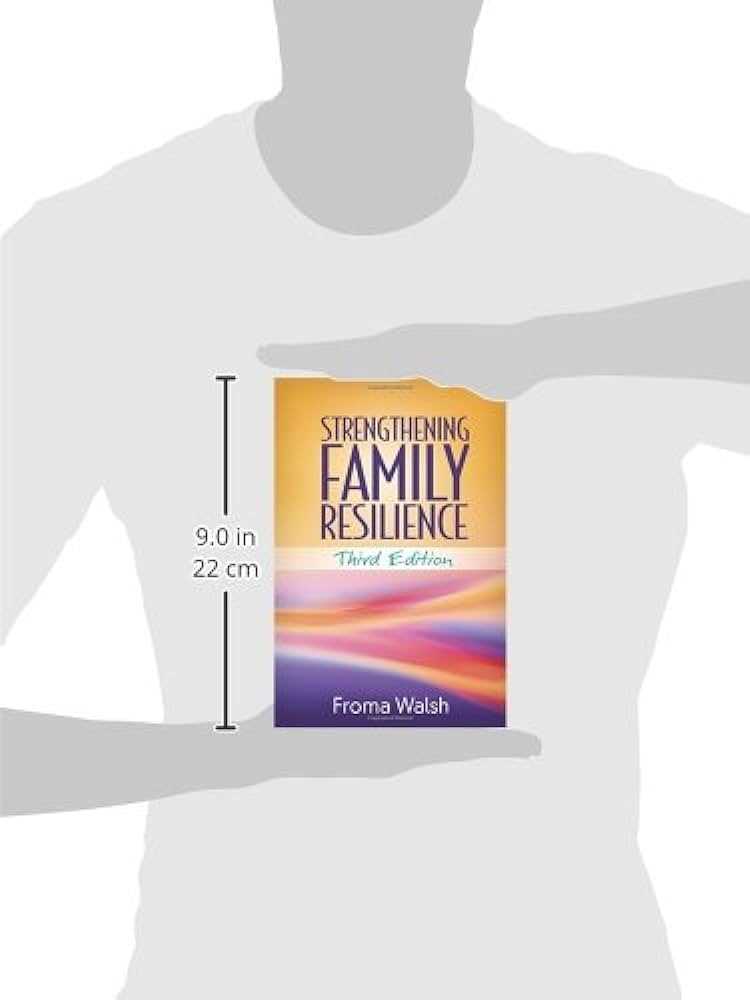
Emergency preparedness is a crucial aspect of building domestic resilience and ensuring the security and survival of your home and family. Being self-reliant and having the necessary tools and knowledge to handle an emergency situation can make all the difference in the world.
Adapting to unforeseen circumstances requires a proactive approach. By prioritizing preparedness, you can minimize the impact of emergencies and reduce the potential for harm. This includes having a well-stocked emergency kit, creating a family emergency plan, and staying informed about national and local emergency procedures.
Adaptability is key when it comes to emergency preparedness. Being able to quickly adjust to changing circumstances and make informed decisions can greatly enhance your ability to respond effectively in a crisis. This may involve having alternative communication methods, understanding evacuation routes, and being familiar with emergency services in your area.
Building domestic resilience also means developing the necessary skills to handle emergencies. Learning basic first aid, knowing how to perform CPR, and understanding how to safely handle and store food and water are all essential for self-reliance during a crisis.
Remember, preparedness is not just about having the right supplies and knowledge; it’s also about maintaining a positive mindset and staying calm under pressure. By taking steps to prepare for emergencies, you can enhance your resilience and ensure the safety and well-being of your home and family.
Creating a Family Emergency Plan
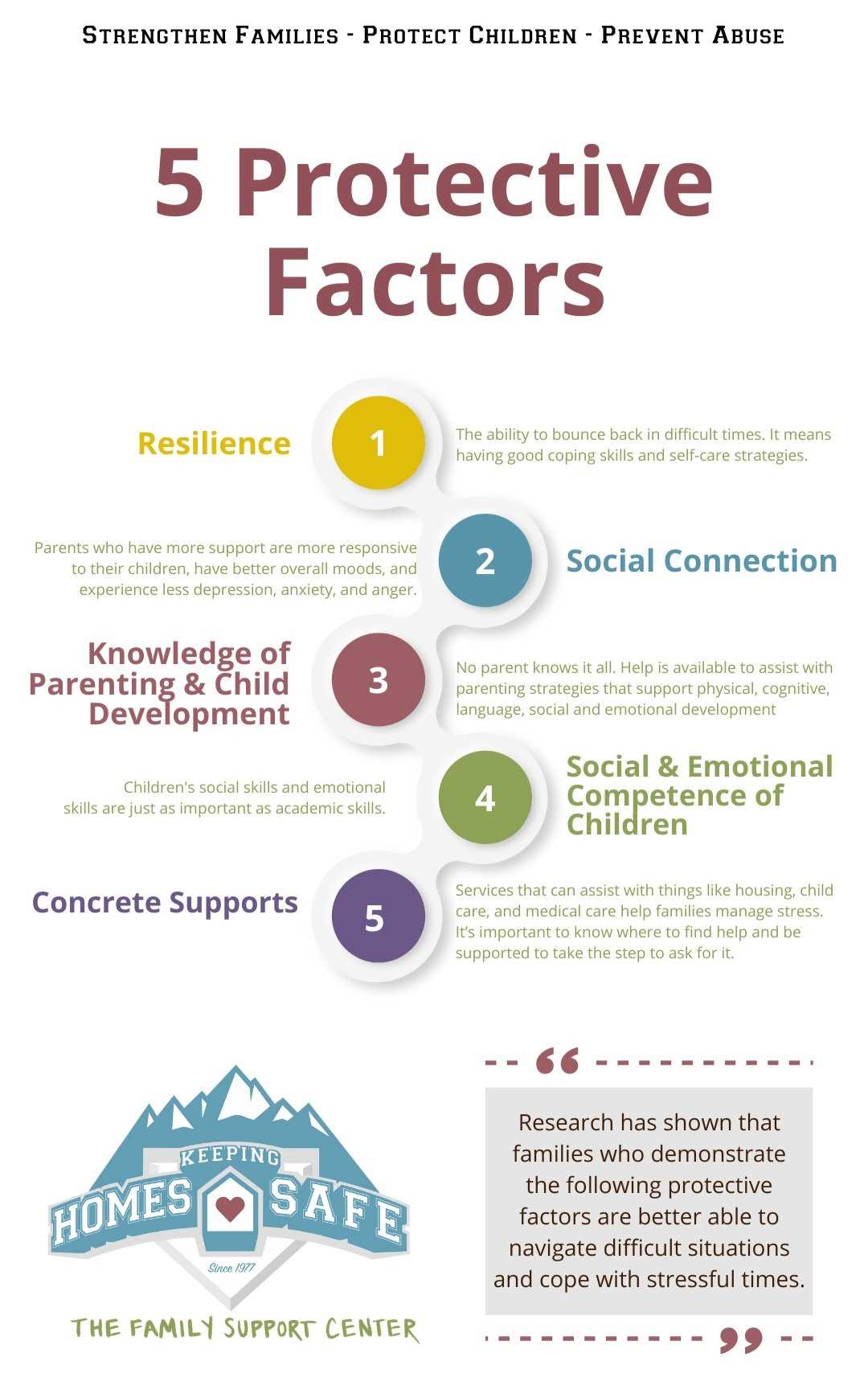
In today’s world, it is important for every family to have a plan in place for emergencies. A family emergency plan is a crucial step towards building resilience and ensuring the safety and well-being of your loved ones. By creating a plan, you are taking control of your own community’s preparedness and self-reliance.
An effective family emergency plan should focus on adaptability and survival in various scenarios, whether it’s a natural disaster or a national security threat. The goal is to develop a plan that promotes resilience and preparedness.
Here are some key steps to consider when creating your family emergency plan:
| Step | Description |
|---|---|
| 1 | Identify potential risks and hazards in your area. This includes natural disasters such as earthquakes, floods, hurricanes, or man-made disasters such as power outages or civil unrest. |
| 2 | Designate a safe meeting place both inside and outside your home. This will help ensure that everyone knows where to go in case of an emergency. |
| 3 | Create an emergency contact list that includes phone numbers of family members, neighbors, and local authorities. |
| 4 | Prepare an emergency kit with essential supplies such as food, water, medications, and first aid supplies. |
| 5 | Develop an evacuation plan in case you need to leave your home quickly. Determine multiple routes and discuss them with your family. |
| 6 | Teach your family members basic survival skills such as first aid, fire safety, and how to use emergency tools. |
| 7 | Regularly review and update your plan as needed, ensuring that everyone knows their roles and responsibilities. |
By following these steps and actively involving your family in the planning process, you are fostering a sense of security and resilience within your household. Remember, building a family emergency plan is not just about individual preparedness, but also about contributing to the overall resilience of your community and nation.
Assembling an Emergency Kit
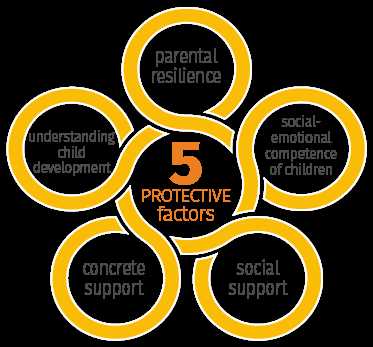
In a national emergency, self-reliance and community support play a vital role in ensuring the security and well-being of individuals and families. One key aspect of domestic resilience is being prepared for unforeseen events by assembling an emergency kit.
Building a comprehensive emergency kit requires careful consideration of the potential risks and challenges one might face in their specific location. It is essential to have a kit that is adaptable to various scenarios and can sustain your family’s needs for at least 72 hours.
When assembling your emergency kit, there are several essential items to include:
1. Water: Store one gallon of water per person per day for drinking and sanitation purposes. It is recommended to have at least a three-day supply.
2. Food: Non-perishable food items such as canned goods, protein bars, and dried fruits are excellent choices. Ensure you have enough food to last each family member for three days.
3. Medications: Keep a supply of necessary prescription medications, as well as over-the-counter medications like pain relievers, antacids, and cold medicine.
4. First Aid Kit: A well-stocked first aid kit should include bandages, gauze pads, adhesive tape, antiseptic wipes, and other essential medical supplies.
5. Flashlights and Batteries: Include multiple flashlights and extra batteries to provide reliable lighting during power outages.
6. Emergency Radio: A battery-powered or hand-crank radio can provide important updates and communications during an emergency.
7. Personal Hygiene Items: Include items such as toilet paper, hand sanitizer, wet wipes, and feminine hygiene products.
8. Extra Clothing and Blankets: Pack extra clothing, including sturdy shoes, and blankets to ensure warmth and comfort in case of displacement or loss of power.
9. Cash and Important Documents: Keep a small amount of cash on hand and store important documents such as identification, insurance policies, and birth certificates in a waterproof container.
Remember to regularly check and update your emergency kit to ensure that all items are in good condition and not expired. Additionally, consider the specific needs of children, older adults, and pets when assembling your kit.
By taking the time to assemble an emergency kit, you are actively contributing to your family’s preparedness and domestic resilience. Being prepared for unexpected events can greatly enhance your ability to adapt and overcome challenges, ultimately increasing your overall resilience.
Understanding Evacuation Routes
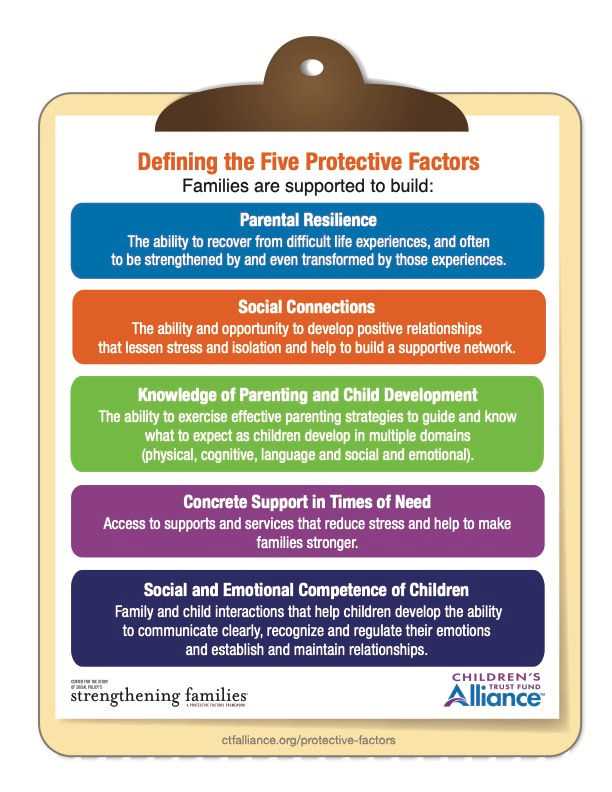
In times of crisis, such as natural disasters or civil unrest, having a solid understanding of evacuation routes is crucial for the safety and security of your family and home. Developing self-reliance and adaptability are key components of building domestic resilience, and knowing how to evacuate effectively is a vital skill.
Evacuation routes are predetermined paths that lead individuals and families away from danger zones to safer areas. These routes are carefully planned and established by local authorities and emergency management agencies to ensure a swift and organized evacuation process.
When it comes to survival and resilience, having knowledge of evacuation routes can greatly enhance your ability to protect yourself and your loved ones. By understanding the layout of your community and the different routes available, you can make informed decisions during an emergency situation.
Evacuation routes are designed to prioritize safety and minimize risks. They often take into consideration factors such as road conditions, traffic patterns, and potential hazards along the way. By following these routes, you can increase your chances of reaching a secure location in a timely manner.
Community involvement is a crucial aspect of understanding evacuation routes. By actively participating in local emergency preparedness initiatives, you can contribute to the overall security and resilience of your community. This includes staying informed about evacuation plans and updates, as well as sharing this information with your neighbors.
At the national level, understanding evacuation routes plays a significant role in disaster management and response. By having a well-coordinated and comprehensive evacuation plan, authorities can efficiently mobilize resources and support to affected areas. This helps ensure the safety and well-being of the population during times of crisis.
In conclusion, understanding evacuation routes is an essential part of building domestic resilience and ensuring the security of your family and home. By prioritizing self-reliance, adaptability, and community involvement, you can enhance your survival skills and contribute to the overall resilience of your community and nation.
Section 2: Home Safety
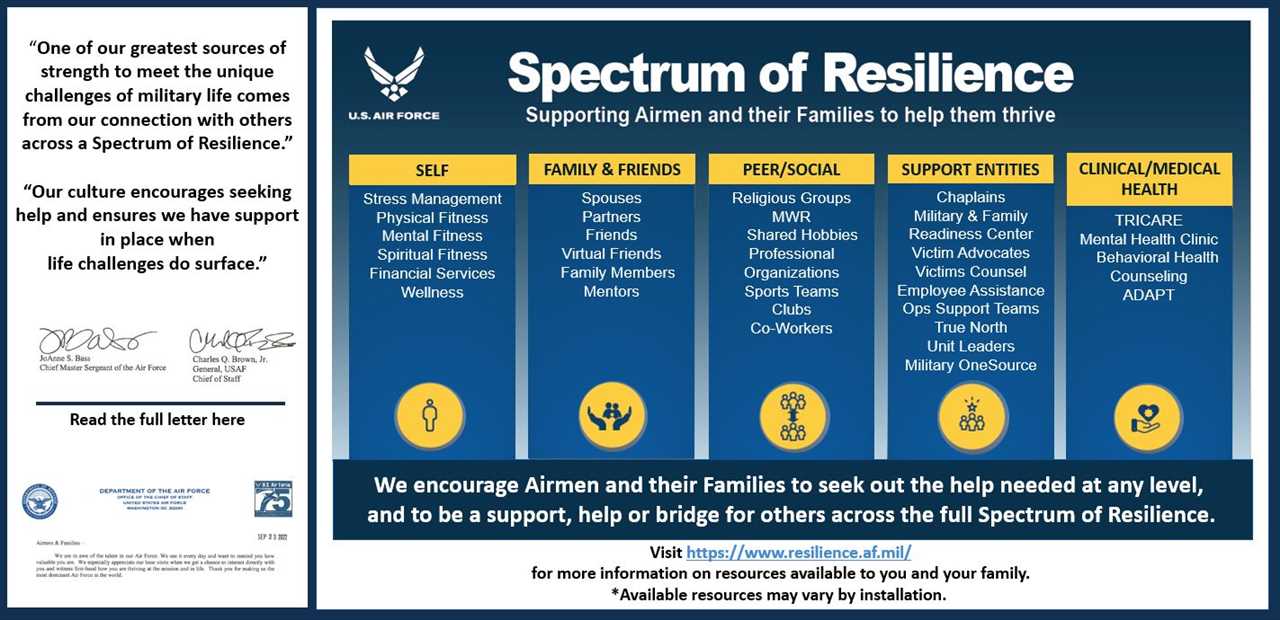
When it comes to building domestic resilience, ensuring the security and safety of your home is essential. A safe home provides a sense of self-reliance, survival, and peace of mind. By taking the necessary precautions, you can create a resilient and adaptable living space for you and your family.
One of the first steps in home safety is to assess the potential risks and vulnerabilities of your domestic environment. This includes identifying potential hazards such as fire, burglary, natural disasters, and health emergencies. By understanding these risks, you can develop a comprehensive plan for preparedness.
A key aspect of home safety is the installation of security measures. This can include installing burglar alarms, surveillance cameras, and secure locks on doors and windows. By implementing these measures, you can deter potential intruders and protect your family and possessions.
In addition to security measures, it is important to create a safe and resilient living space. This involves ensuring that your home is structurally sound and well-maintained. Regular maintenance checks can help identify any potential hazards, such as loose wiring or damaged structures, that could pose a threat to your safety.
Another aspect of home safety is fostering a sense of community preparedness. By working together with your neighbors, you can create a network of support and assistance in times of crisis. This can involve sharing resources, creating emergency plans, and staying informed about local emergency services.
Ultimately, building domestic resilience starts with prioritizing home safety. By taking the necessary precautions and implementing security measures, you can create a secure and resilient living space for you and your family. This sense of security and preparedness will contribute to your overall well-being and peace of mind.
| Key Points |
|---|
| – Assess potential risks and vulnerabilities in your home |
| – Install security measures such as burglar alarms and surveillance cameras |
| – Maintain a structurally sound living space |
| – Foster a sense of community preparedness |
Installing Smoke Alarms and Carbon Monoxide Detectors

Smoke alarms and carbon monoxide detectors are essential safety devices that every domestic household should have. These devices play a crucial role in protecting your home and family from the dangers of fire and carbon monoxide poisoning.
Community resilience starts with individual preparedness, and installing smoke alarms and carbon monoxide detectors is an important step towards building a resilient and self-reliant community. These devices provide early warnings that can save lives and give individuals and families the precious time they need to evacuate safely.
Adaptability is key when it comes to preparing for emergencies. Smoke alarms and carbon monoxide detectors can be easily installed in various areas of your home, including bedrooms, hallways, and living areas. It is recommended to have at least one smoke alarm on every level of your home, including the basement, and to place them near sleeping areas.
National resilience starts at home, and having smoke alarms and carbon monoxide detectors is a responsibility that every individual should take seriously. These devices not only protect your own family but also contribute to the overall safety of your community.
Survival in emergency situations heavily relies on preparedness. Having functioning smoke alarms and carbon monoxide detectors ensures that you and your family are well-equipped to handle any potential dangers that may arise. Regularly testing and maintaining these devices is crucial to ensure their effectiveness.
Building domestic resilience means being proactive in safeguarding your home and family. Installing smoke alarms and carbon monoxide detectors is a simple yet significant step towards achieving this goal. By taking the necessary precautions, you are strengthening your home’s ability to withstand and recover from emergencies.
Remember, domestic resilience is about self-reliance. By installing smoke alarms and carbon monoxide detectors, you are empowering yourself and your family to take control of your safety. These devices provide an added layer of protection and peace of mind, knowing that you are well-prepared for any potential risks.
Securing Doors and Windows

Securing your doors and windows is an essential step in building domestic resilience and ensuring the safety of your home and family. In times of crisis or emergency, the adaptability and survival of your household may depend on the security measures you have in place.
By fortifying your doors and windows, you can enhance the resilience of your home against potential threats. Start by inspecting the frames, hinges, and locks of your doors. Ensure that they are in good condition and consider reinforcing them if necessary. Install deadbolt locks that provide an added layer of security.
Windows are often a vulnerable point of entry, so it’s crucial to reinforce them as well. Consider installing window security film or laminates to make it more difficult for intruders to break through. Reinforce the glass with shatter-resistant materials to prevent easy access.
Additionally, consider installing window bars or grilles to provide an extra layer of protection. These physical barriers can deter potential burglars and enhance the security of your home.
Building a strong domestic resilience also involves fostering a sense of community and national self-reliance. Share knowledge and resources with your neighbors, and encourage them to secure their doors and windows as well. By working together, you can create a safer and more secure environment for everyone.
Remember, security is a continuous process, and it’s important to regularly assess and update your measures. Stay informed about the latest security technologies and practices to ensure the ongoing safety and resilience of your home and family.
By prioritizing the security of your doors and windows, you are taking a proactive step towards building a resilient and self-reliant household. Invest in the necessary measures to protect your home and loved ones, and contribute to the overall security of your community and nation.
Fire Safety Tips for the Kitchen
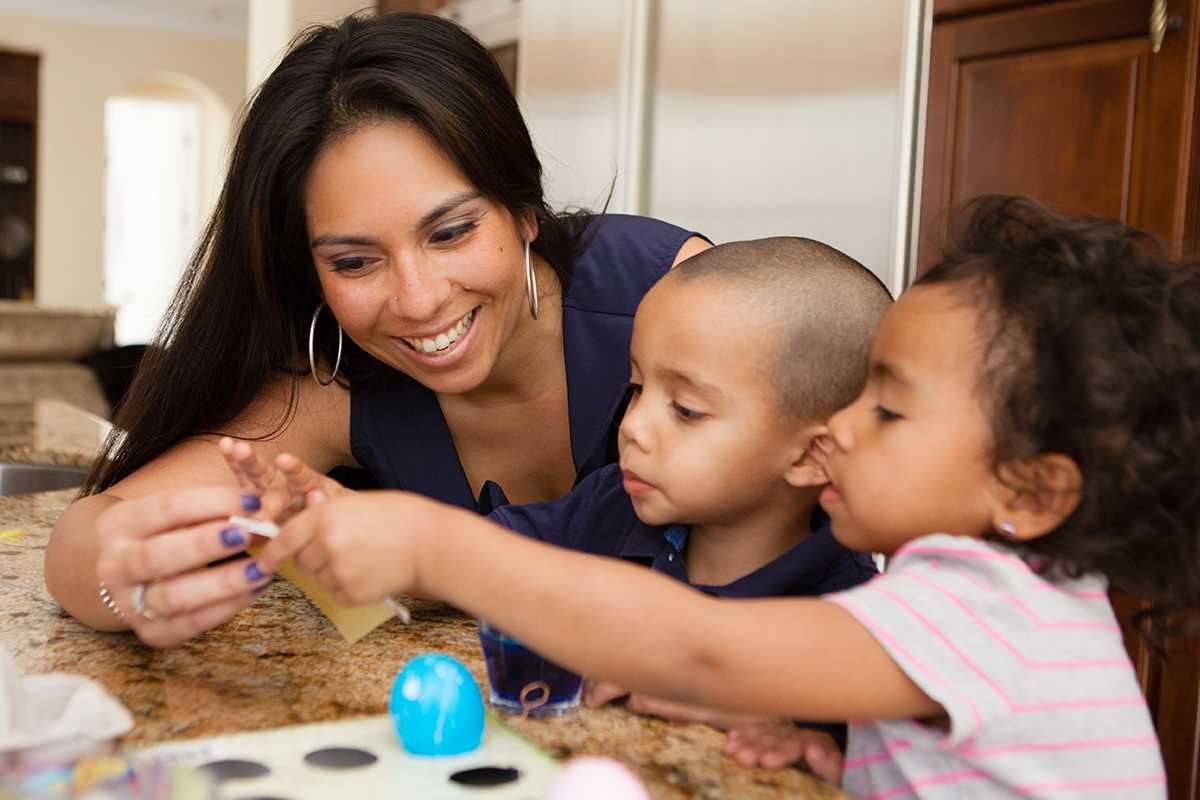
When it comes to building domestic resilience and ensuring the survival of your family, fire safety is a crucial aspect to consider. The kitchen, being the heart of the home, is a place where fires can easily start and spread. By following these fire safety tips, you can enhance your preparedness and self-reliance, ensuring the security of your home and loved ones.
- Keep flammable objects away from the stove: It’s important to maintain a safe distance between flammable items such as kitchen towels, curtains, and paper products and the stovetop. This reduces the risk of accidental fires.
- Never leave the kitchen unattended while cooking: Cooking requires constant attention. Always stay in the kitchen when you have something cooking on the stove or in the oven. If you need to leave, turn off the heat and remove pans from burners.
- Keep a fire extinguisher within reach: Having a fire extinguisher in the kitchen can be a lifesaver. Make sure it is easily accessible and everyone in the household knows how to use it.
- Install a smoke detector: A smoke detector can alert you to a fire in its early stages, giving you valuable time to react. Install one in or near the kitchen and regularly test its functionality.
- Avoid grease buildup: Grease buildup in the kitchen can ignite easily and cause a fire. Regularly clean your stovetop, oven, and exhaust hood to prevent grease accumulation.
- Practice proper cooking techniques: Using the right cooking techniques can help prevent fires. For example, when frying food, use a lid to cover the pan and turn off the heat if the oil starts to smoke.
- Teach children about fire safety: Educate your children about the dangers of fire and the importance of fire safety. Teach them what to do in case of a fire, such as how to call emergency services and how to safely exit the house.
- Have an escape plan: In the event of a fire, it’s crucial to have an escape plan in place. Practice it with your family regularly and ensure everyone knows the quickest and safest way to exit the house.
By implementing these fire safety tips in your kitchen, you can enhance your resilience and adaptability in the face of a potential domestic fire. Remember, being prepared and taking preventive measures is key to ensuring the safety and well-being of your family.
Section 3: Health and Wellness
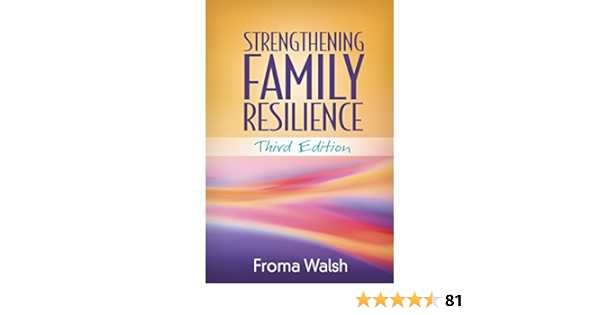
Health and wellness play a vital role in building domestic resilience. A healthy community is better equipped to handle various challenges, including survival situations and emergencies. Prioritizing health at the individual and family level contributes to the overall resilience of a domestic unit and, ultimately, the nation as a whole.
One key aspect of health and wellness is self-reliance. By taking charge of our own well-being, we become less dependent on external resources and more adaptable to different circumstances. This self-reliance extends beyond physical health to include mental and emotional well-being as well.
In times of crisis, such as natural disasters or other emergencies, having a strong foundation of health and wellness can make a significant difference. Individuals and families who prioritize their health are better equipped to handle the challenges that come with these situations. They are more resilient and better able to adapt to changing circumstances.
Building domestic resilience also involves creating a sense of security within the home. This can be achieved through various measures, such as having a well-stocked first aid kit, maintaining a healthy diet, and engaging in regular exercise. By taking proactive steps to ensure our own well-being, we contribute to the overall resilience of our domestic unit.
Furthermore, prioritizing health and wellness at the individual and family level has broader implications for national resilience. A strong and healthy population is better equipped to handle national emergencies and crises. By building a foundation of health and wellness, we contribute to the overall resilience and adaptability of our nation.
In conclusion, health and wellness are essential components of building domestic resilience. By prioritizing our own well-being, we contribute to the overall resilience of our community, our domestic unit, and ultimately our nation. Self-reliance, adaptability, and a sense of security are all key aspects of health and wellness that contribute to our ability to handle challenges and emergencies.

I am Patrina de Silva, a psychologist and mental health blogger in Sri Lanka. After obtaining psychology degrees from the University of Colombo and Monash University, I returned home to work as a counselor while also starting the popular blog “Pressy but Happy” to provide advice on psychological issues. Over the past decade, my empathetic articles have made my blog a leading mental health resource in the country. In addition to writing, I maintain a private therapy practice, frequently volunteer counseling time, and conduct seminars, driven by my passion for destigmatizing mental illness and educating the public on the mind-body connection. I strive to be an influential voice in my field through my compassionate approach.
